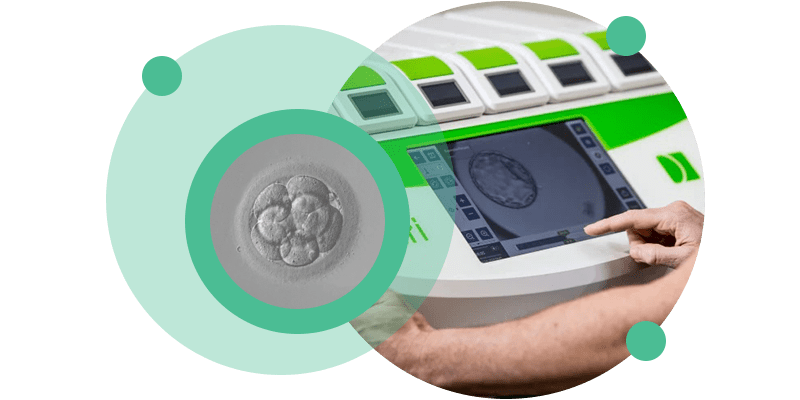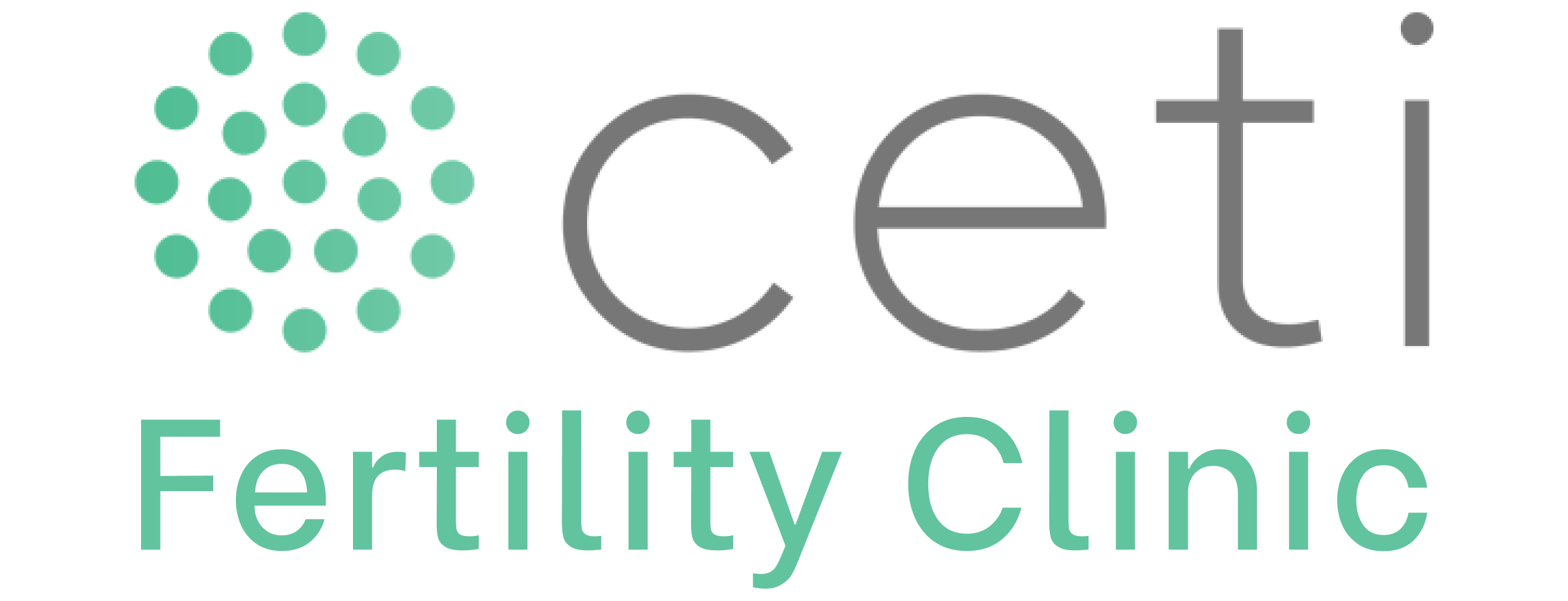Time-Lapse
Time-lapse technology applied to clinical embryology, in particular In-Vitro Fertilisation (IVF) and Intracytoplasmic Microinjection (ICSI) treatments, enables thousands of images of the embryonic development process to be captured and compressed, generating an accelerated, fluid sequence of images in real time.

About the technology Time-Lapse
Time-lapse technology applied to clinical embryology, in particular In-Vitro Fertilisation (IVF) and Intracytoplasmic Microinjection (ICSI) treatments, enables thousands of images of the embryonic development process to be captured and compressed, generating an accelerated, fluid sequence of images in real time .
It is very important to emphasise that these images are of very high quality and therefore enable detailed monitoring of the embryos and consequently more precise assessments, such as the detection of events rarely observed with conventional microscopy, such as asynchronous division or relevant morphological changes.
The application of this time-lapse technique to the fields of clinical embryology is particularly useful for obtaining more and better information on the development and quality of embryos, enabling the selection of those with the greatest potential for implantation, thus making a significant contribution to obtaining better results. success rates.
The time-lapse technology is integrated into an embryo incubator that contains a built-in camera to capture photographs/images of embryonic development at regular time intervals. The integrated camera is directly connected to a microscope.
The images captured are processed to form a ‘time-lapse’ video. In this way, the embryologist can assess in detail the different moments and stages of embryonic development.
CETI has the most advanced equipment in time-lapse technology, namely the Primo Vision™ time-lapse embryo monitoring system and the Geri® time-lapse incubator.
The Geri Time-lapse incubator features a time-lapse system that monitors embryos from the oocyte stage through to the blastocyst (embryo at days 5/6 of development). The system captures an image of the embryo every five minutes, generating large amounts of relevant information so that embryologists can assess the process of cell division without removing the embryos from the incubator.
In this way, the embryos are objectively classified according to their quality (high, medium, low), selecting the embryo with the highest probability of reaching the blastocyst stage and, therefore, the best embryo to transfer to the patient.
Unlike other incubators, Geri Plus has six independent spaces, each with its own high-resolution camera. Each patient has his or her own incubator, ensuring that the embryos benefit from personalised development conditions and that their development is not affected by that of other embryos.
- Improved results: time-lapse technology is designed to help increase success rates, as the high quality images enable detailed monitoring of the embryos and more accurate assessments, such as the detection of events rarely observed with conventional microscopy, such as asynchronous or relevant division. morphological changes.
- Minimising stress in embryo culture: the monitoring system placed inside the incubators prevents invasion of the embryo environment or exposure to light.
- Use of embryo selection algorithms: these systems are based on selection algorithms tested on thousands of embryos, enabling optimum selection of the best quality embryos.
Common questions
Time-lapse technology is used at the CETI for all In-Vitro Fertilisation (IVF), Intracytoplasmic Microinjection (ICSI) and Cryopreserved Embryo Transfer treatments.
There are no additional charges. Integrating advances in life sciences and technology and making them available to customers is an integral part of CETI’s ‘Clinical Project of Excellence’ strategic pillar.
